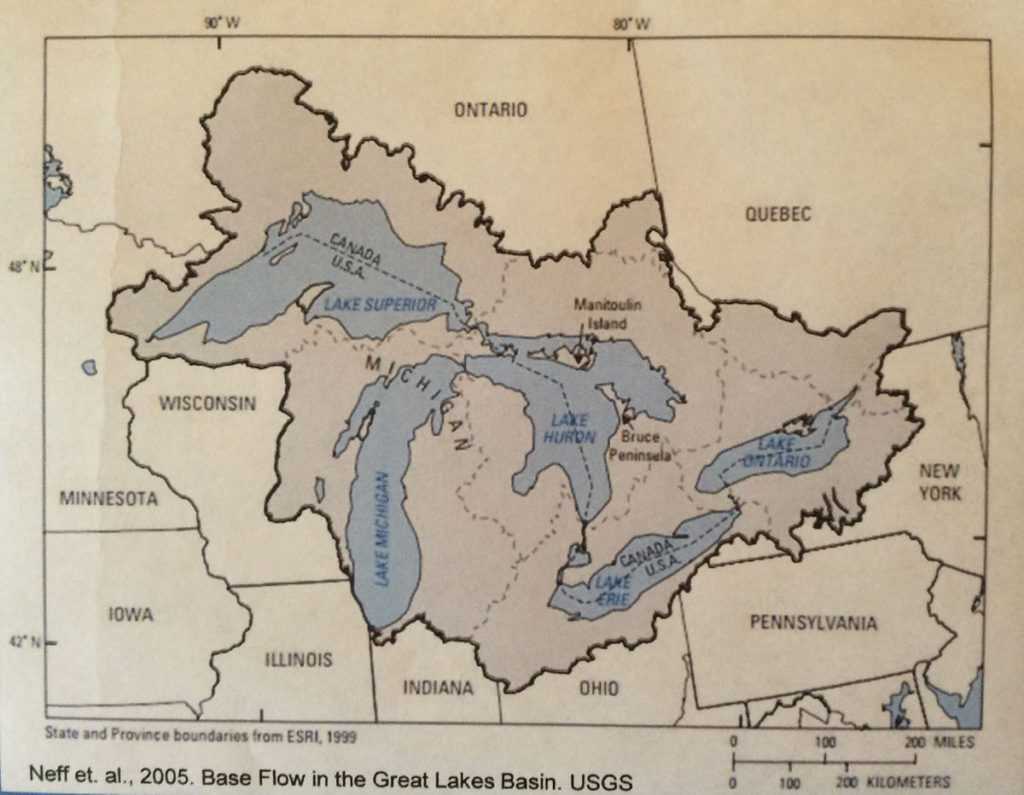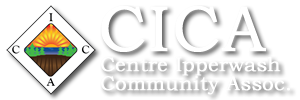What is PAMF and why Partner Up?
Phragmites Adaptive Management Framework (PAMF), is an adaptive management approach for invasive Phragmites. The decision making it generates is aimed at reducing uncertainty over time. The PAMF web hub analyzes results of treatments using specific criteria via system monitoring. This initiative is international in scope as monitoring will be conducted, reported and analyzed from throughout the whole Great Lakes basin. There are two roles for the PAMF’s initial year.
There are two roles for the PAMF’s initial year.
- Pilots will use and follow the Participant Guide independently and will submit their reports online by August 1 each year, beginning in 2018. Only 9 pilots have been approved by the United States government at this time.
- Partners will have PAMF staff complete the site set up and monitoring for the first year of the programme. This will be a learning period. At the time of our training in July 109 groups/ agencies had expressed an interest in particpating. Training sessions were held at several locations on both sides of the border.
Pilots and partners may choose to monitor one of more sites called Management Units (MU). Each MU can vary dramatically in size and
location.
There are several steps that need to be taken when particpating in PAMF:
- Set up an EDDMapS account.
This is a system for invasive species management. Have access to a handheld GPS and/or smartphone or tablet with ViewRanger app or app with similar GPS navigation and recording capabilities. (This technology is intimidating so I am happy to have my hand held for the first year.) - Register as a PAMF participant by:
- enrolling a management unit or units (MU)
- managing Phragmites using one control method for the whole phase
- Complete an Enrolment Questionnaire
- Monitor and Report
Monitoring is done three times per year based on the growth cycle of Phragmites. The three phases of growth are:- Translocating (late summer to early fall/first frost)
- Dormant (late fall/after first frost to mid to late spring)
- Growing (mid to late spring to late summer/early fall)
- Reporting needs to be in as close to August 1 as possible. At each of the five monitoring locations the computer randomly generates each year for each management unit data is recorded for stem diameter, stem count and evidence of stress. Each monitoring location is a 0.25 m2 quadrant.
- Manage Phragmites
PAMF participants will receive treatment guidance for each management unit by mid-August. This guidance is applied to the year following its receipt. The treatment guidance is divided into three parts to reflect the three growing phases.
In Canada, our treatment methods will be limited since we have no herbicides approved for wet areas. In the Lambton Shores area Ipperwash will be using spading as the management treatment. Wood Drive will be using cutting and drowning. Kettle Point will be using backpacks and a Gator and cutting to drown. We will all be partners, not pilots.
This is an exciting time for those concerned about Phragmites. Communication is crucial so that we can learn from others as to the best approaches to use to eradicate Phragmites.
